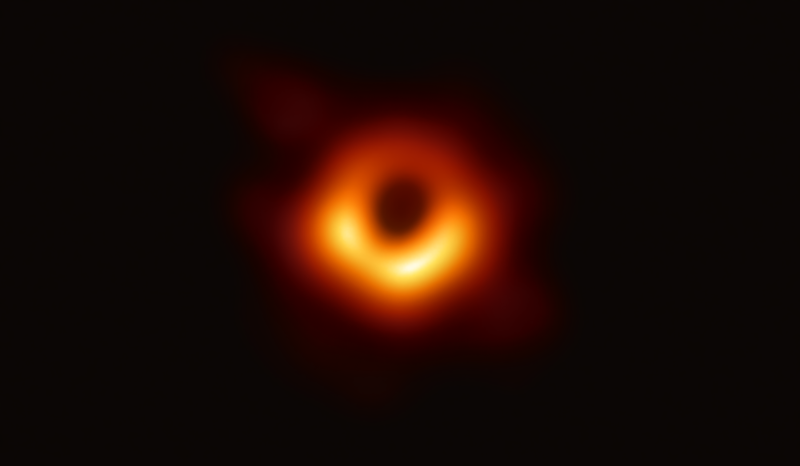Black Holes
The singularities of space

What is a black hole?
Black holes are arguably the strangest and most misunderstood objects in the known universe. They produce a gravitational pull so strong that not even light itself is capable of escaping their grasp.
When you are viewing a black hole, what you are actually seeing is the event horizon. This is a boundary where the escape velocity is equal to the speed of light, meaning that anything within the event horizon would need to travel faster than the speed of light to escape it. Traditional physics tells us that this is an impossible feat, so anything within the event horizon is technically stuck there for eternity.
Diving past the event horizon, you get to the actual black hole itself, the singularity at its core. It’s not currently known what these singularities are, but there are a few popular theories. The most widely accepted theory is that the singularity may be infinitely dense, essentially meaning that all of its mass is concentrated into a single point in space. If true, this would make black holes the most dense objects in existence.
How are they formed?
When a massive star dies and collapses in on itself, it creates what is called a “supernova explosion,” the largest type of explosion that mankind currently knows of. This explosion of energy is caused by a pressure imbalance that inevitably forms within massive stars. These impressive explosions can be brighter than entire galaxies for days or even months and can be viewed from across the universe. A supernova explosion will then either form a neutron star or a black hole, depending on the star’s size that died.
Photos of black holes

This is the only real image of a black hole that has ever been captured, taken by the Event Horizon Telescope in an international collaboration. Any other images of black holes are nothing more than an artists rendition.
